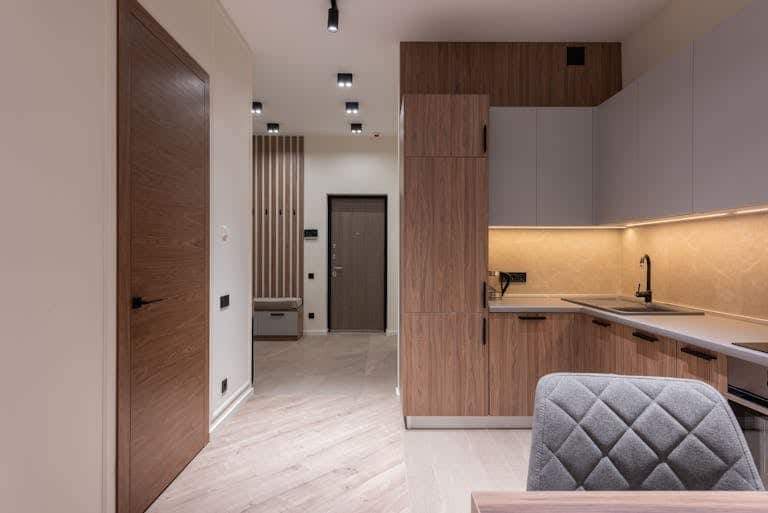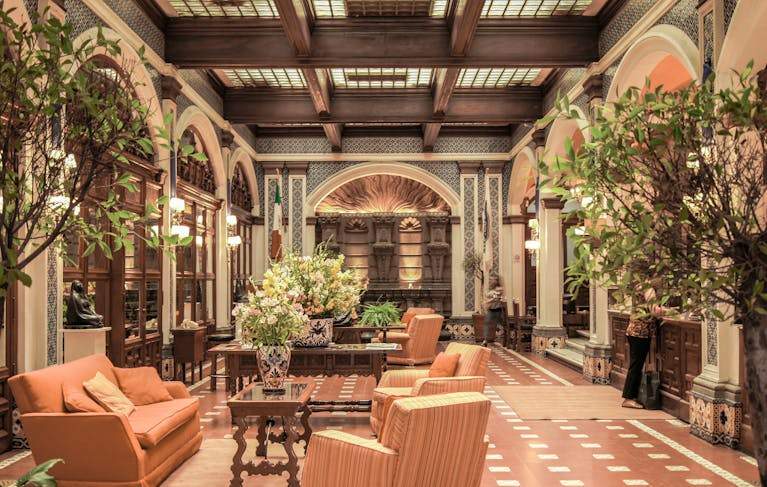The selection of materials is important, and textiles in particular are essential for producing sustainable and healthy interior environments, since the public’s awareness of climate health has grown. Carnegie is a leader in environmental sustainability as the only contract textile firm that is a Certified B Corp, 100% permanently PVC-free, and the first to pledge to remove harmful per-and polyfluoroalkyl compounds (PFAS) from its product line as of January 2023. Carnegie has a history of setting the standard for sustainable materials. The firm was one among the first to acquire the Cradle to Cradle accreditation, receiving its initial Silver certification for Xorel in 2007 and its Cradle to Cradle Gold certification for its Biobased Xorel product in 2013. However, how does Carnegie keep innovating while striking a balance between its mission to be eco-conscious and the demand for excellent performance in contract textiles for commercial, healthcare, and institutional applications?
Carnegie is committed to obtaining third-party certifications in order to accomplish this amazing feat. It closely adheres to the Cradle to Cradle guidelines, verifies its products against the Living Building Challenge’s Red List, and also looks to EU textile environmental guidelines, which are more stringent than US regulations.
We always become aware of our areas of strength and weakness when we go through the third-party certification procedure. This frequently gives us a route to continuous and dynamic sustainability improvement, says Carnegie Chief Design Strategist Mary Holt.
“Securing third-party certification requires a financial, time, and resource investment, but it is a reliable method for customers to understand that a product is being examined by an impartial organization that has no financial stake in the result.” According to Holt, this procedure offers the greatest defense against “greenwashing,” or the propagation of untrue, deceptive, or unsupported claims regarding environmental sustainability.
How to Select Eco-Conscious Material
Additionally, the Federal Reserve Commission has established recommendations to assist consumers in making knowledgeable judgments about the items they choose and in learning the truth about the sustainability aspects of such products.
The “FTC Green Guides” offer broad principles that apply to all environmental marketing, such as how statements are likely to be understood by consumers, how to support claims made by marketers, and how to qualify claims so as not to mislead consumers.
Another method that assesses a product, process, or service’s total environmental impact over the course of its life cycle is called a life cycle assessment, or LCA. “A product’s life cycle can be represented as a circular movement that ties together resource extraction, production, distribution, consumption and disposal,” states the Organization for Economic Cooperation and Development. Each of these steps is significant and has been connected to effects on the environment.
As awareness of life cycle assessments (LCAs) grows, a growing number of nations use LCAs to find and assess ways to reduce resource usage as well as pollution of the air, water, and land. LCAs are an excellent technique to start encouraging circularity in the field of design. A Life Cycle Assessment for Biobased Xorel was just completed by Carnegie, and the results will be published in early 2024 as an Environmental Product Declaration (EPD).
Aside from the growing number of greenwashing protections in place, biobased materials have grown rapidly in recent years due to incredible advancements in research and development surrounding new plant-based sources for commercial use, such as mycelium, sugarcane, hemp, and fruit-based vegan leather. These materials now frequently function just as well as materials derived from fossil fuels or animals without the negative effects.
How to Select Eco-Conscious Material
For example, the 85% biobased PE content in Carnegie’s most recent Al Fresco range of fabrics is manufactured from sugarcane that is fast renewable and sustainably supplied, making these fabrics an environmentally responsible option for wallcovering, upholstery, and acoustical panels. In 2012, Carnegie became the first—and still the only—manufacturer to launch Xorel Biobased, the first textile to receive Living Building Challenge accreditation, as a plant-based synthetic fabric for walls.In 2022, it will be the sole producer to launch Outdoor Biobased Xorel, a synthetic indoor/outdoor fabric derived from plants.
Since there are now many eco-conscious material options available, it is the responsibility of designers, specifiers, and manufacturers to advocate for the widespread use of these substitute materials in the interest of safeguarding human health and the environment.
According to a ThinkLab study, the average designer has 26 times more specification power than the average American has purchasing power. Because of this, specifiers have the power to influence market change through wise purchasing choices.
Holt advises designers to “take a holistic approach to improving your environmental footprint,” as well as other manufacturers. Think about every facet of the product, including how it will affect both human and climatic health in addition to its contents. Remember social justice, health, and circularity. Never forget that any improvement you can make is a step in the right direction. To achieve environmental best, start with better than worst.
Finally, find out more on ArchUp:







